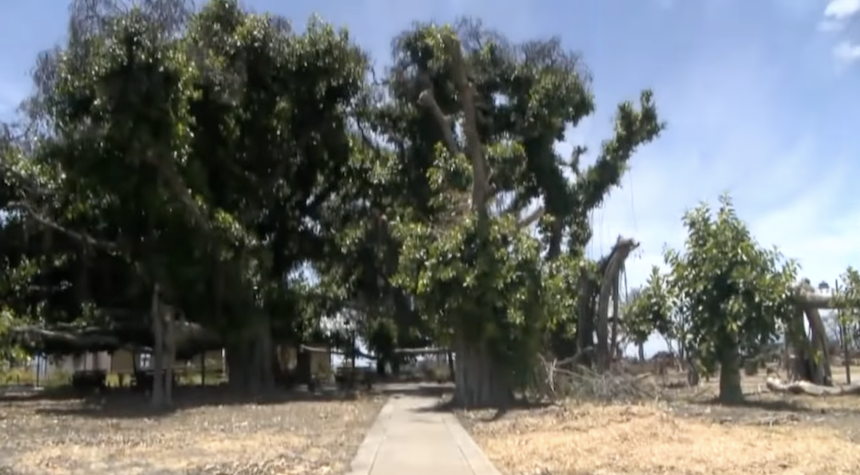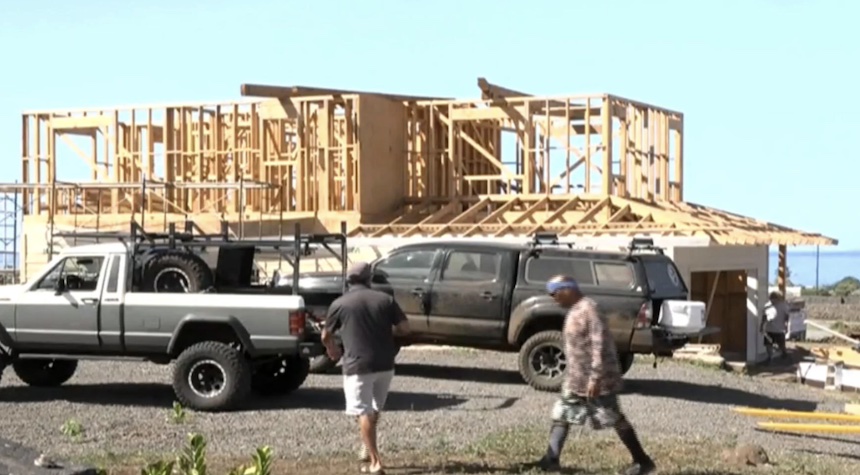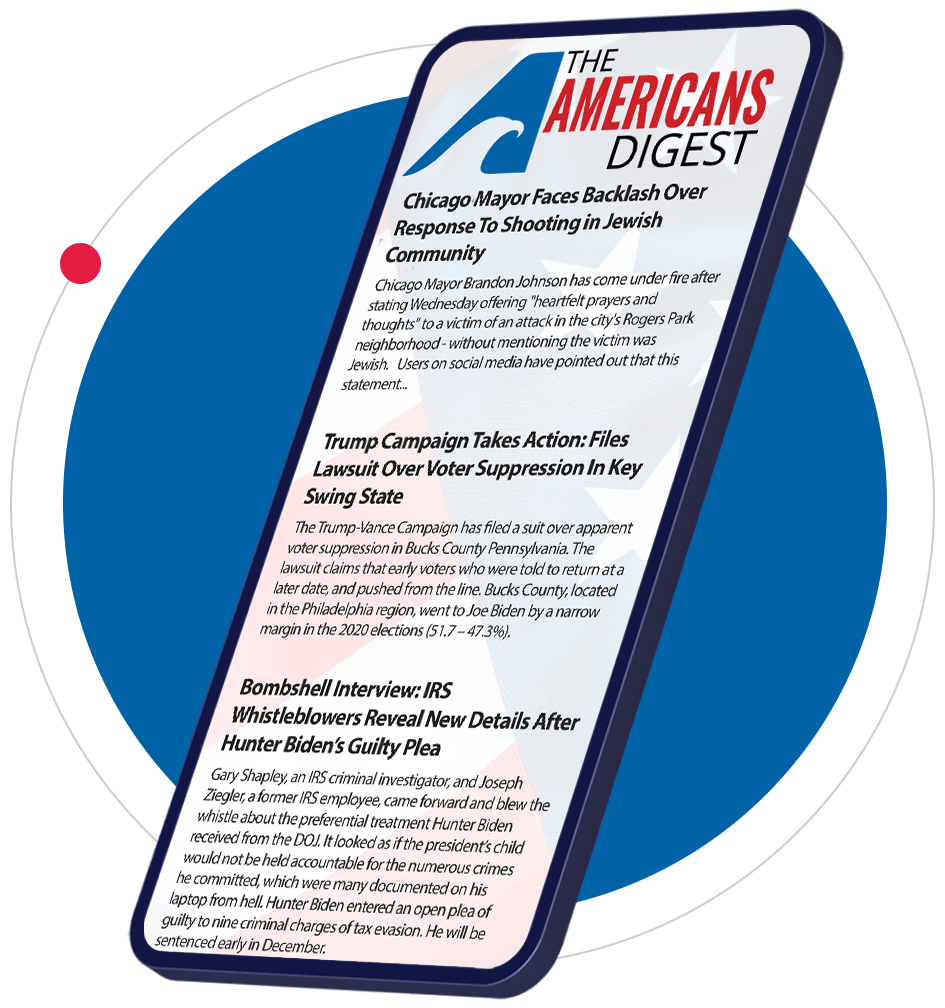Two years have passed since the devastating wildfires that claimed over 100 lives and destroyed much of Lahaina, Hawaii. The community on Maui is still in the early stages of what promises to be a long recovery process.
Reports from Lahaina indicate that while debris has been cleared, large areas of the town remain vacant. According to local officials, only about 50 homes have been rebuilt since the disaster, which was the deadliest American wildfire in more than a century.
Maui County Mayor Richard Bissen, a Lahaina native, has faced criticism over the emergency response but remains in office. “Early in this, I found myself getting sleep, but not getting rest,” Mayor Bissen told reporters. The mayor’s office reports efforts to expedite rebuilding permits and increase support for residents.

Kim Ball, one of the first residents to rebuild, expressed support for the mayor’s decisions, even when disagreeing with some. Mayor Bissen described his leadership approach using the Hawaiian concept of ‘manna,’ or spiritual energy, to support those in need.
Professional surfer Kai Lenny, initially critical of the disaster response, acknowledged progress. “While you might not be able to forgive somebody for what they do, what you can do is acknowledge, you know, people saying that they made a mistake and we’re gonna make it better,” Lenny stated.
The significance of this recovery effort becomes clear when we consider the cultural and economic impact. Old Lahaina Luau, a key cultural attraction, has reopened. Kawika Freitas, the luau’s public relations director, reported that half of their 300 employees lost everything in the fires. “We look at it as all of our employees are like our children, our Ohana, our family,” Freitas explained.
This raises important questions about the long-term resilience of communities facing natural disasters. Mayor Bissen emphasized the ongoing nature of the recovery: “We’ve just got to keep moving forward. We know this is a long haul, and we’re in it for the long haul.”


